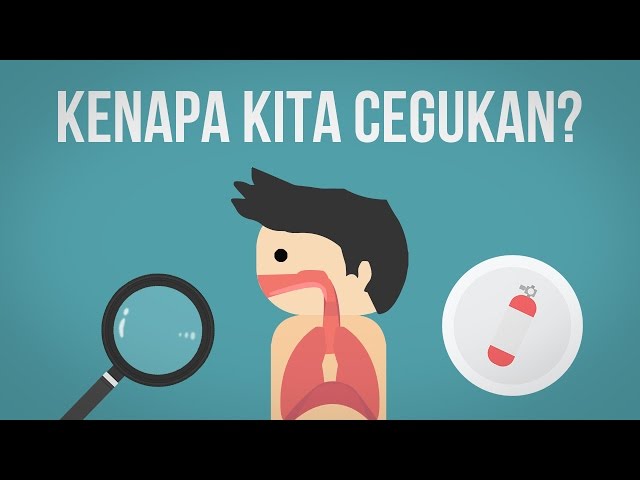Childhood obesity has become one of the most pressing health issues of our time. With the rise of sedentary lifestyles, poor dietary choices, and increasing screen time, children are at a greater risk of developing obesity, which can lead to serious health problems both now and later in life. The consequences of childhood obesity go beyond physical health, affecting mental and emotional well-being, as well as academic performance and social interactions.
Preventing childhood obesity is essential to ensure children grow up healthy and have the best possible future. Addressing this issue requires a multi-faceted approach, involving families, schools, communities, and healthcare providers. In this article, we will explore the causes of childhood obesity and offer practical, evidence-based strategies for prevention.
Understanding the Causes of Childhood Obesity

Childhood obesity is caused by a combination of factors, including poor diet, lack of physical activity, genetics, and environmental influences. Here are some of the primary contributors:
1. Unhealthy Eating Habits
Diet plays a significant role in childhood obesity. The consumption of high-calorie, nutrient-poor foods like sugary drinks, fast food, and snacks contributes to weight gain. Portion sizes have also increased over the years, leading children to consume more calories than they need.
2. Lack of Physical Activity
In today’s digital age, children spend a significant amount of time in front of screens—whether it’s television, video games, or smartphones—leading to decreased physical activity. This sedentary behavior contributes to weight gain and can also impact overall health and fitness.
3. Genetics and Family History
Genetics can play a role in a child’s risk of obesity. However, genetics is not the only factor—environmental factors such as diet and lifestyle also significantly contribute to the risk.
4. Socioeconomic Factors
Children from lower-income families may have limited access to healthy food options or safe places to play. These families may face financial and social barriers that prevent them from making healthy choices. Additionally, busy work schedules may result in more reliance on processed and convenience foods.
5. Psychological Factors
Emotional factors, such as stress, depression, or low self-esteem, can contribute to overeating or emotional eating. Children may turn to food for comfort, which can lead to unhealthy weight gain. Additionally, some children may experience bullying or body image issues that exacerbate emotional stress and unhealthy eating patterns.
Preventative Strategies for Childhood Obesity
Preventing childhood obesity requires a comprehensive approach that includes promoting healthy eating, encouraging physical activity, and addressing psychological and environmental factors. Here are some strategies to help prevent childhood obesity:
1. Encourage Healthy Eating Habits
-
Limit Sugary Drinks and Junk Food: One of the easiest ways to reduce calorie intake is by limiting sugary beverages like sodas, fruit juices, and energy drinks. Encourage water, milk, and 100% fruit juices instead. Similarly, reduce the consumption of fast food, sugary snacks, and processed foods.
-
Offer Balanced, Nutritious Meals: Serve meals that are balanced and include plenty of vegetables, fruits, whole grains, and lean proteins. Keep healthy snacks on hand, such as fruits, nuts, and yogurt, to offer children more nutritious options when they’re hungry.
-
Practice Portion Control: Teach children about appropriate portion sizes. Instead of large servings, serve smaller portions and encourage children to listen to their bodies and stop eating when they feel full. This will help prevent overeating.
-
Involve Children in Meal Preparation: Engaging children in meal planning and preparation encourages them to take an active role in choosing healthier foods. This also gives them the opportunity to learn about nutrition and develop healthy cooking skills.
2. Promote Regular Physical Activity
-
Encourage Play and Outdoor Activities: Physical activity is crucial for children’s health. Encourage outdoor play, such as running, biking, swimming, or hiking. Limit screen time to ensure children have more opportunities to move and engage in active play.
-
Make Physical Activity Fun: Children are more likely to stick with physical activities that they enjoy. Whether it’s dancing, playing a sport, or joining a recreational team, find activities that spark their interest. Make it a family affair by joining in on the fun and participating in activities together.
-
Limit Screen Time: The American Academy of Pediatrics recommends limiting screen time for children to no more than two hours per day. Encourage children to engage in physical activities instead of sitting for long periods watching television or playing video games.
-
Set Active Goals: Encourage children to set personal goals for physical activity, such as walking a certain number of steps each day or participating in a fun run. This can help motivate them to be more active and can foster a sense of achievement.
3. Create a Supportive Environment
-
Promote Healthy School Environments: Schools play an important role in childhood obesity prevention. Encourage schools to offer healthy lunch options, increase physical education programs, and teach children about the importance of nutrition and exercise. Schools can also incorporate more outdoor and active learning opportunities to engage children in physical activity.
-
Foster Family Support: Families are the foundation of a child’s health. Set a good example by adopting healthy habits as a family, such as cooking healthy meals together and engaging in outdoor activities. Supportive family structures make it easier for children to make positive changes.
-
Address Psychological Issues: Emotional and psychological factors can contribute to unhealthy eating habits. It’s important to teach children healthy coping mechanisms for dealing with stress and emotions, rather than turning to food for comfort. Encourage open communication, self-esteem building, and if necessary, seek professional support from a counselor or therapist.
4. Monitor Weight and Health Regularly
-
Regular Check-ups: Keep track of your child’s weight, height, and general health during regular check-ups with the pediatrician. These visits can provide an opportunity for early intervention if a child is at risk for obesity. Pediatricians can offer personalized advice on managing weight and improving overall health.
-
Early Intervention: If a child is showing signs of obesity, early intervention is key. Work with a healthcare provider to develop a personalized plan that includes diet, exercise, and emotional support. Early prevention can help children avoid long-term health issues related to obesity.
5. Educate and Raise Awareness
-
Teach Kids About Nutrition: Educate children about healthy eating habits and the importance of nutrition from an early age. Use fun activities or educational games to teach children how food impacts their bodies and health.
-
Engage in Public Health Campaigns: Support initiatives that raise awareness about childhood obesity and its prevention, whether they’re at the school, community, or national level. These campaigns can help spread knowledge about healthy lifestyle choices and encourage positive behavior changes across broader populations.
Conclusion
Childhood obesity is a preventable condition that requires collective action from families, schools, communities, and healthcare providers. By promoting healthy eating, encouraging physical activity, creating a supportive environment, and addressing psychological factors, we can help children develop the habits they need to lead healthy, active lives. Prevention is key to ensuring that future generations are healthier, happier, and better equipped to face the challenges of tomorrow.
With the right support and education, we can help children escape the obesity trap and build a healthier, more vibrant future.
Author
Related Posts

Cegukan Tiba-Tiba: Penyebab Unik yang Nggak Kamu Sangka
Aku masih ingat banget, suatu hari aku lagi presentasi di…

Biomedical: yang Menggabungkan Biologi dan Teknologi
Biomedical atau biomedik adalah cabang ilmu kedokteran yang mengintegrasikan prinsip-prinsip…

Personal Hygiene: Essential Practices for Daily Wellness
When I was younger, I thought personal hygiene was just…
